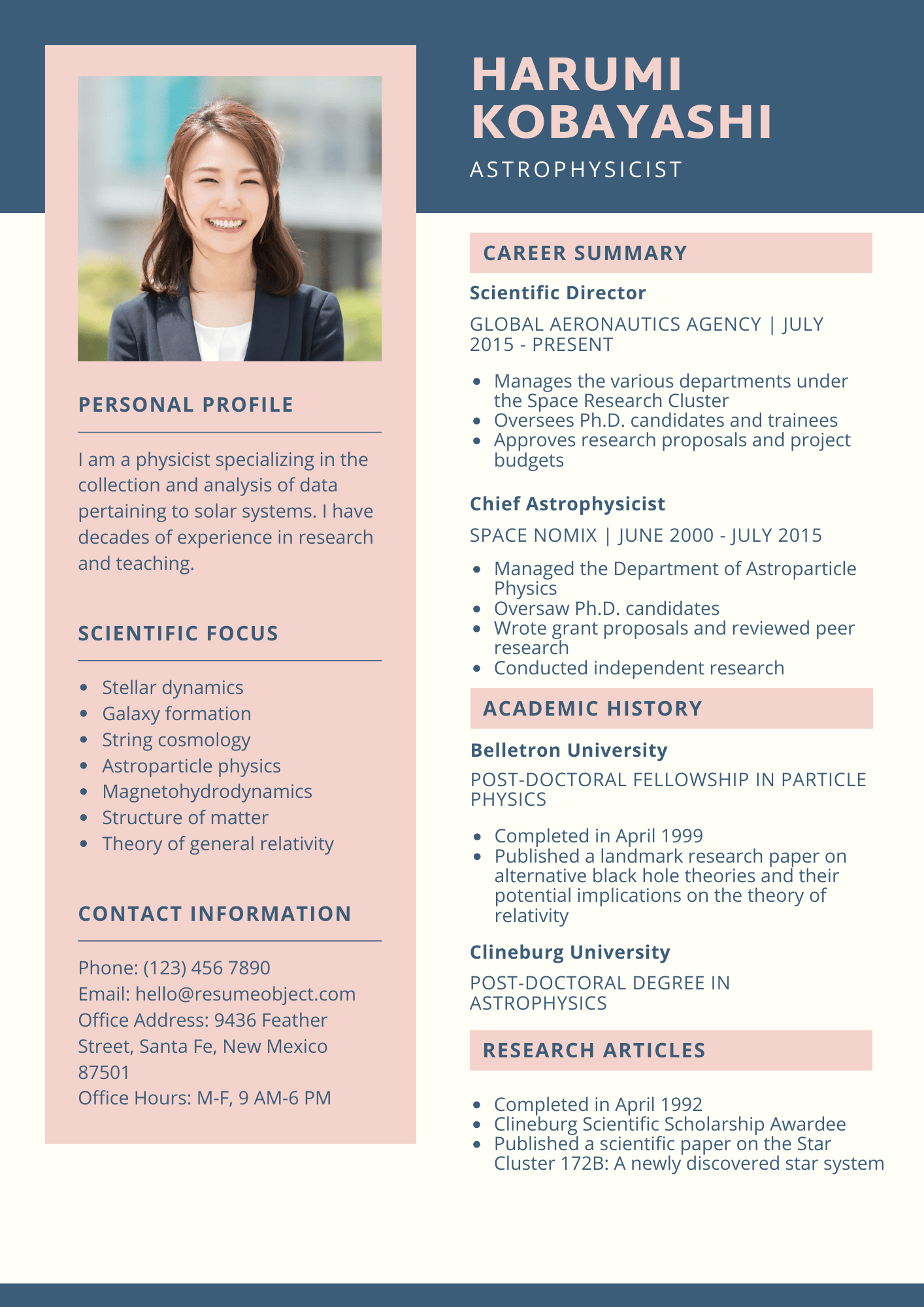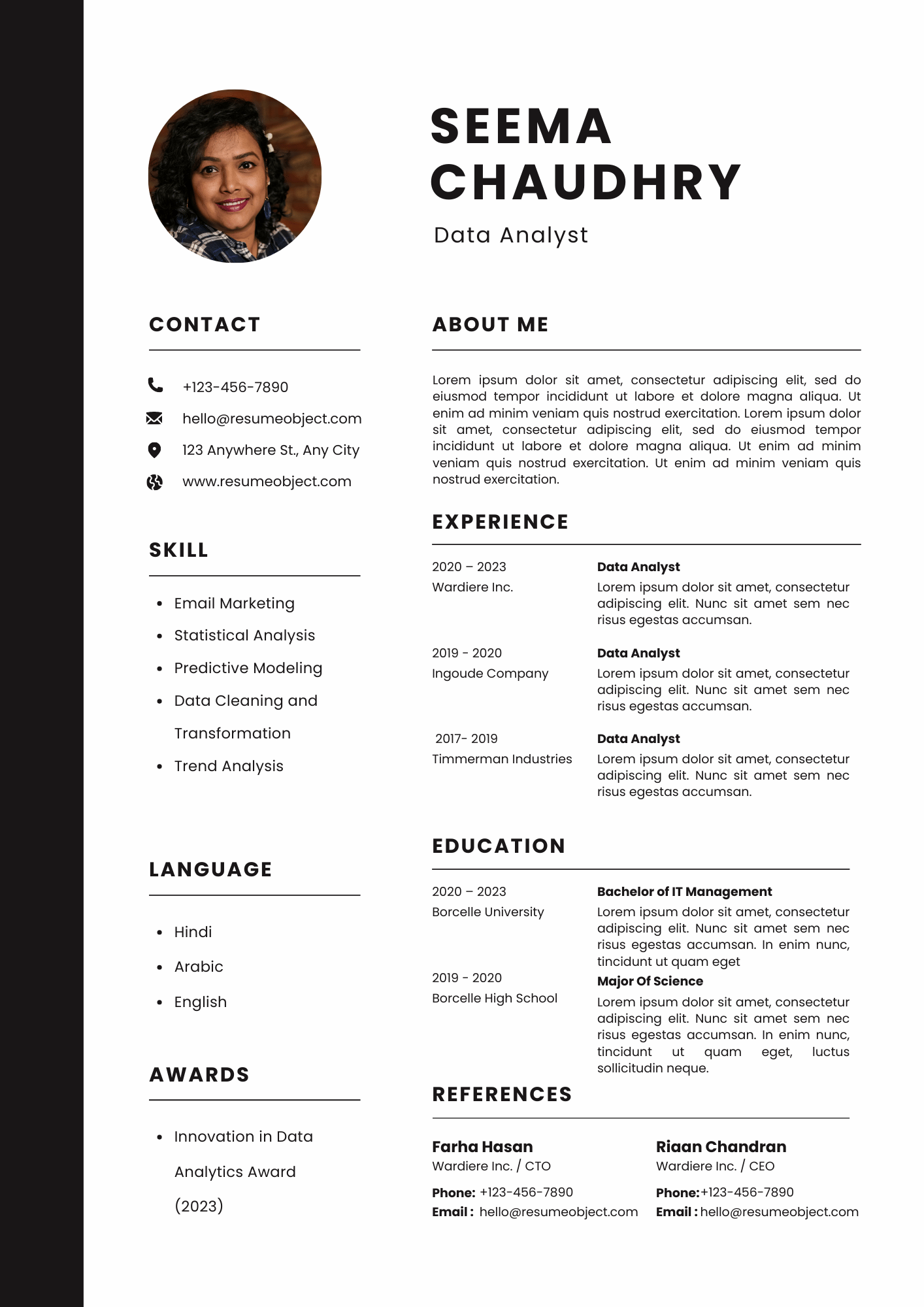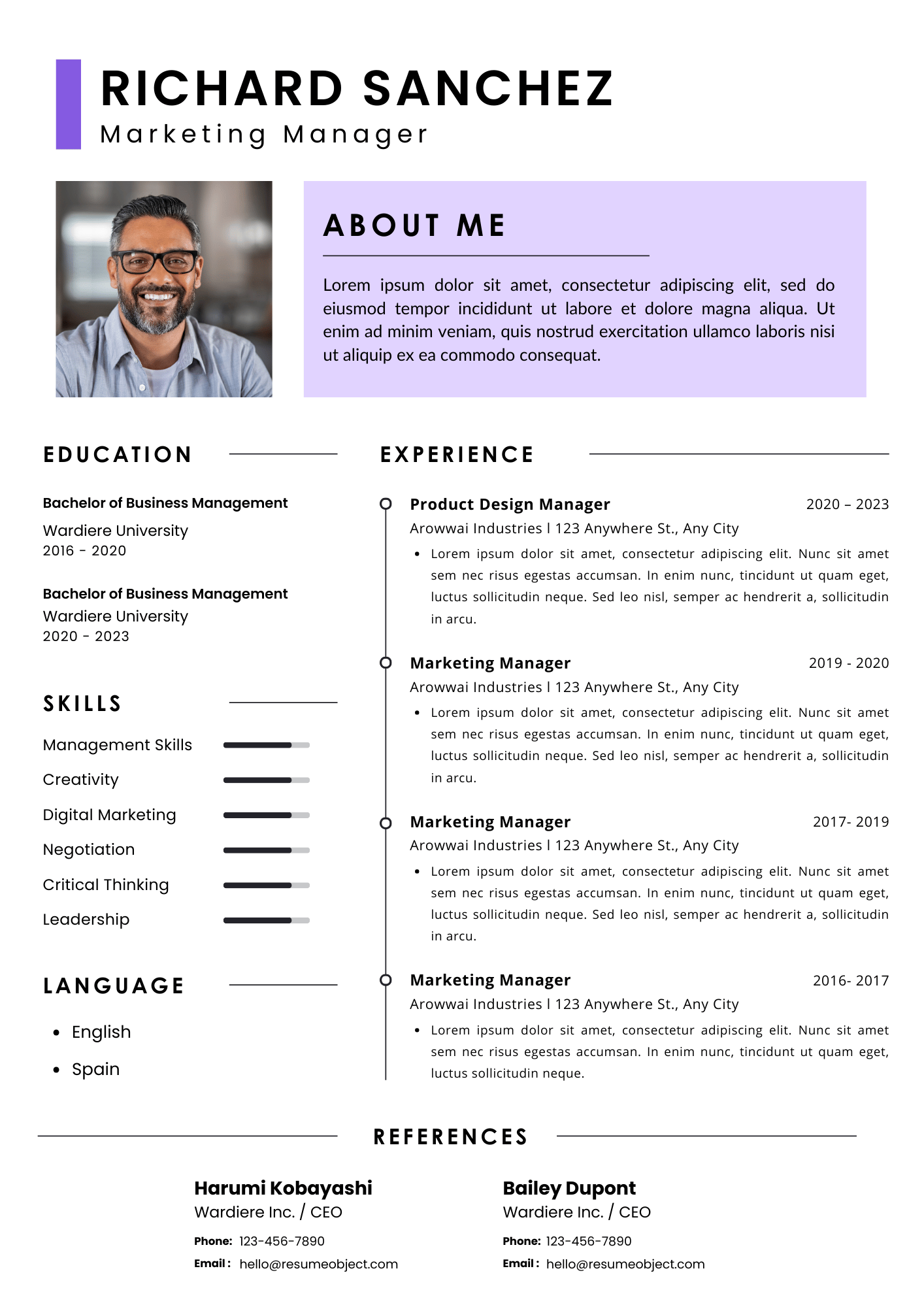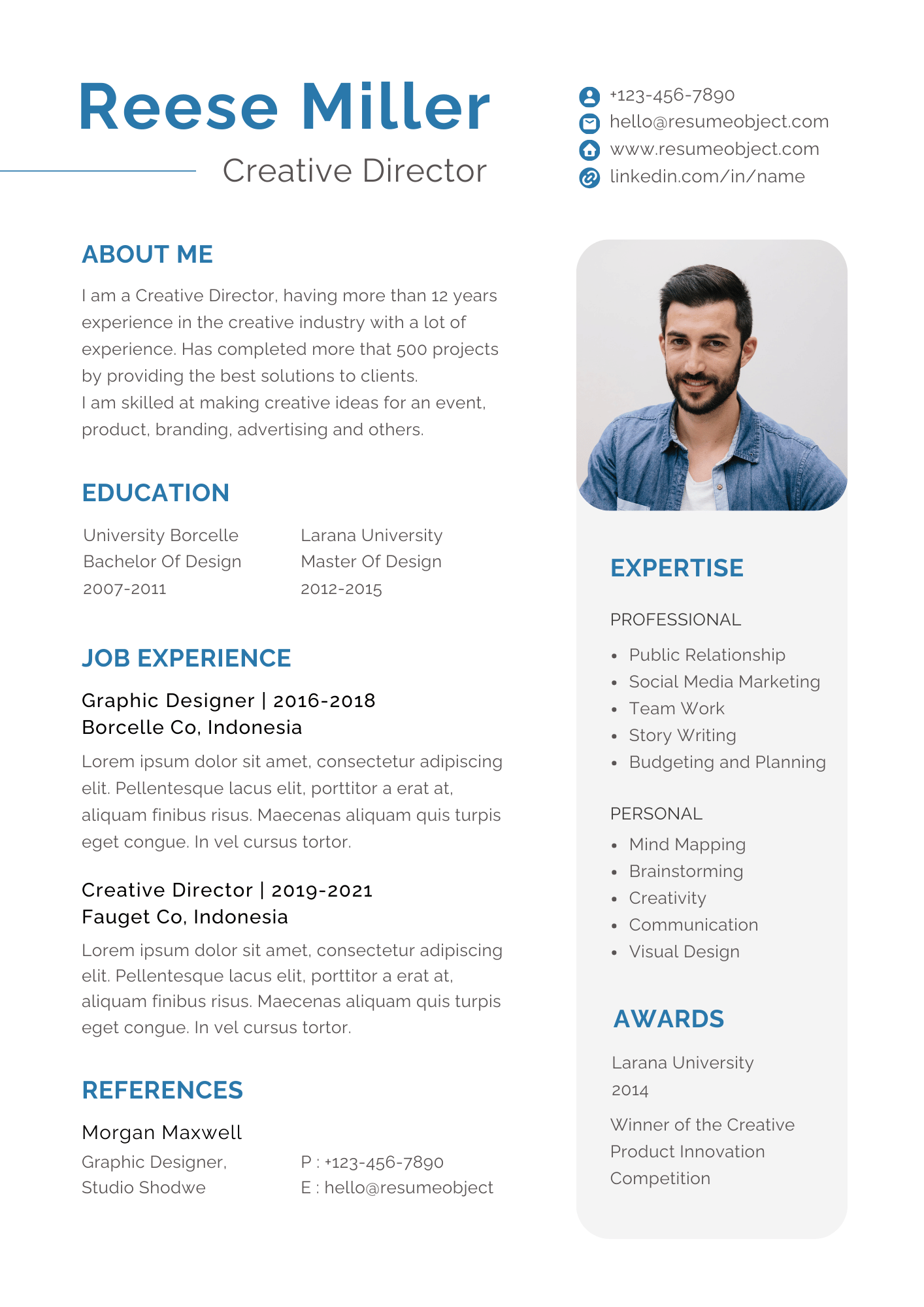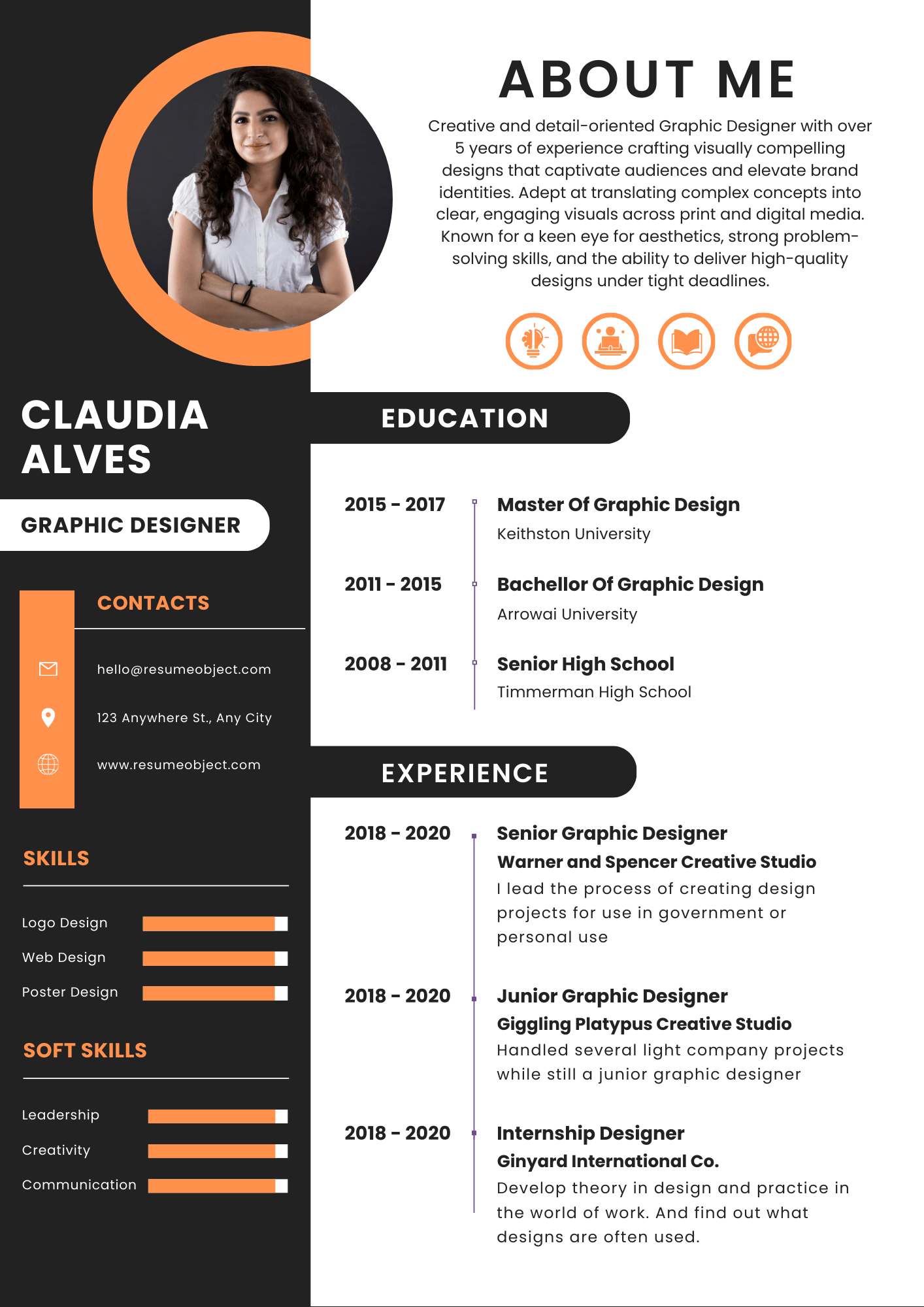Professional Layouts That Work
Master the Art of Resume Formats
Choosing the right resume format can shape how employers see your strengths. From chronological to functional and hybrid styles, the right structure helps highlight your skills, experience, and goals. Explore free resume formats tailored for every career stage and job type. Designed to help you stand out, make an impact, and land more interviews.
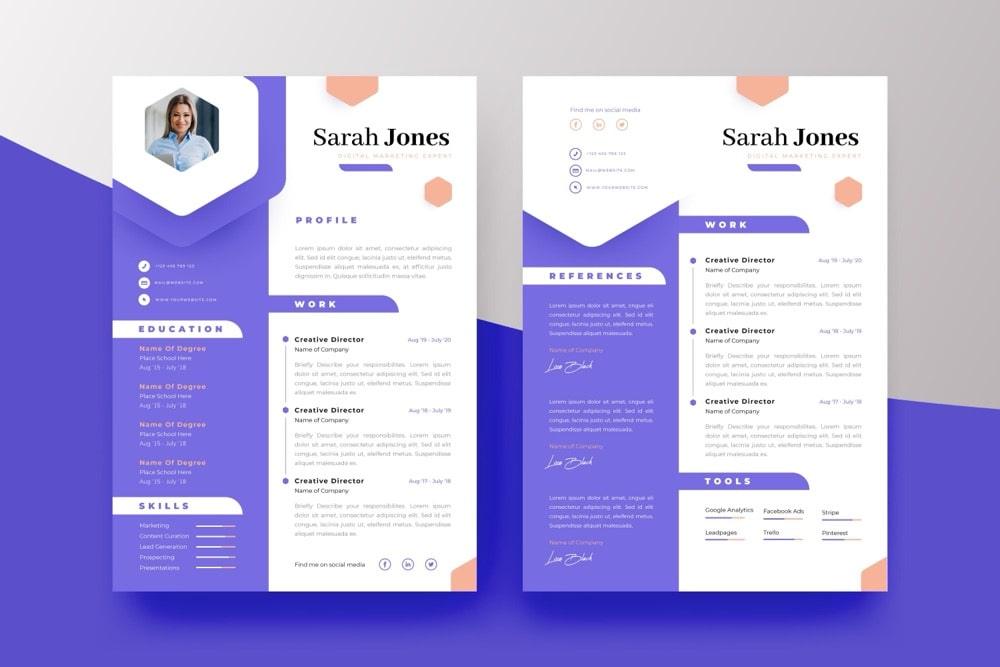
Understanding Resume Formats
The layout of your resume affects how recruiters see you. Choosing the right format can shine a spotlight on your strengths. Be it work history, skills, or career achievements and increase your chances of getting noticed.
Popular Resume Format Types
Choosing the right resume format is the first step toward making a strong impression. The structure you use affects how your skills and experience are presented to potential employers.
Popular resume formats include chronological, functional, and combination styles. Each format highlights different strengths, making it easier to align your resume with the specific role you’re applying for.
Understanding these formats helps you tailor your resume to better reflect your goals. Whether you’re just starting out or have years of experience, selecting the right layout can boost your chances of standing out in a competitive job market.
Six Proven Resume Formats
Explore six common & effective resume layouts that work across industries:
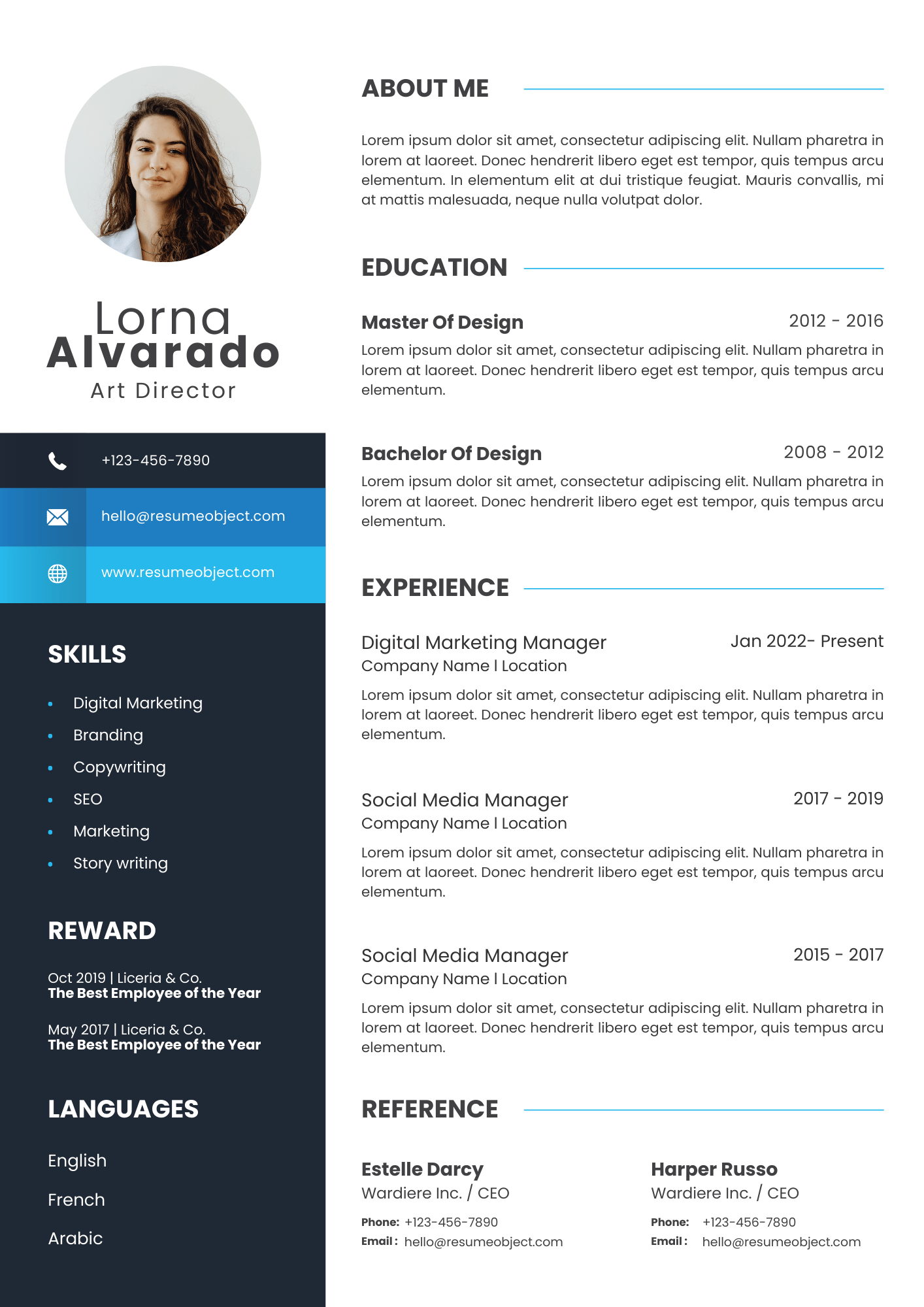
Highlight Your Work History in Order
Chronological Resume Format
This is the most widely used and traditional resume format. It lists your work experience in reverse chronological order, starting with your most recent job. It’s ideal for job seekers with a solid and continuous work history. Employers can quickly scan your career progression, job titles, and achievements. This format works well if you’re staying in the same industry or have no large employment gaps.
Best for: Experienced professionals with a consistent job history
Avoid if: You have significant employment gaps or frequent job changes

Focus on Skills Over Experience
Functional Resume Format
A functional resume shifts attention away from work history and emphasizes skills, competencies, and accomplishments. Your abilities are grouped into categories like “Project Management” or “Customer Service.” It’s useful for career changers, new graduates, or those with gaps in employment. This format allows you to highlight what you can do rather than where and when you did it.
Best for: Career changers, recent grads, or those re-entering the workforce
Avoid if: You have a strong, relevant work history to show

The Best of Both Worlds
Combination Resume Format
As the name suggests, a combination format blends both chronological and functional styles. It typically begins with a summary of your skills and accomplishments, followed by a reverse chronological list of work experience. This format allows you to showcase relevant skills at the top while still detailing your career path. It’s versatile and works well in most situations.
Best for: Candidates with both strong skills and solid experience
Avoid if: You want a simple, one-page resume or have minimal experience
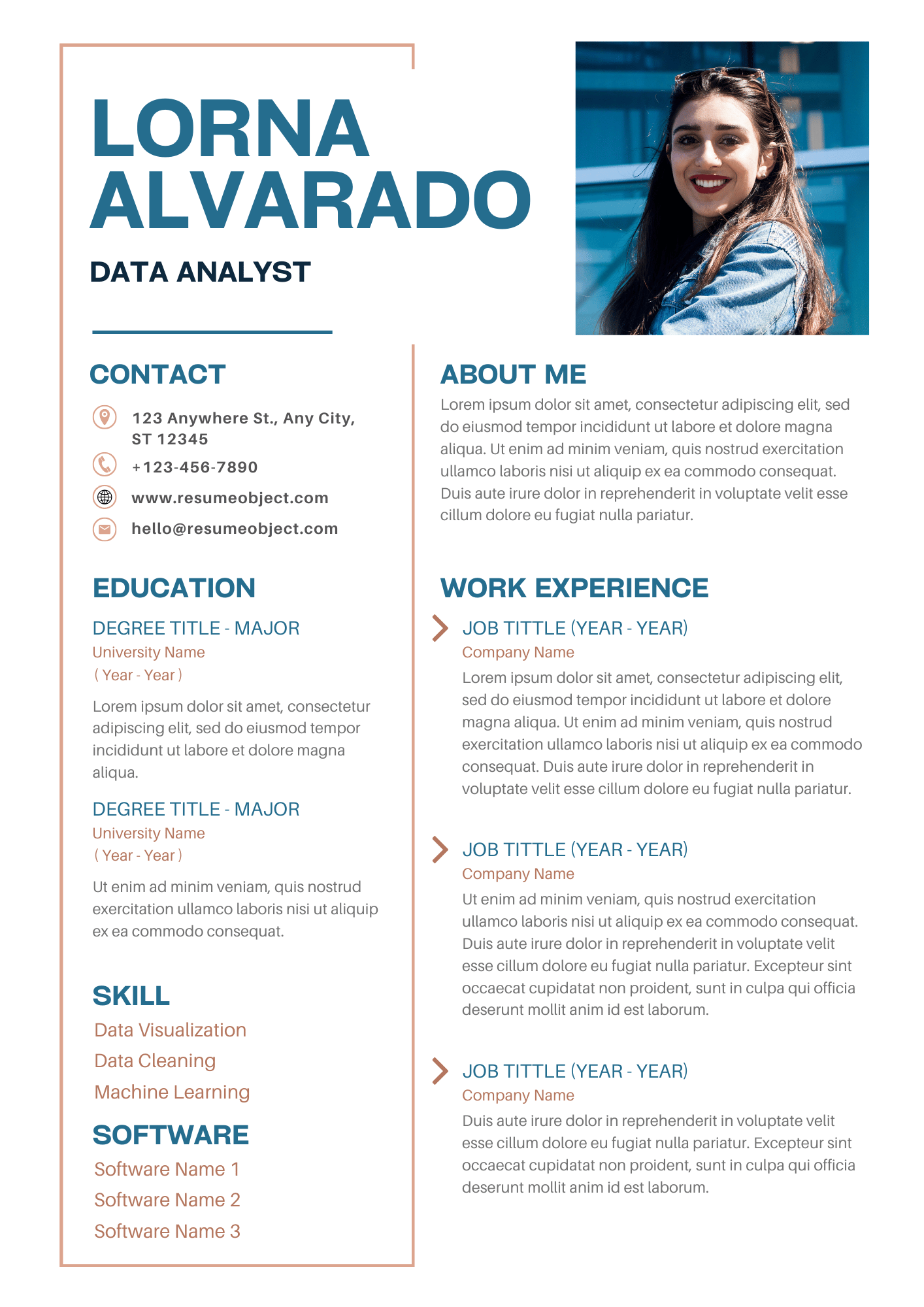
Tailored for a Specific Role
Targeted Resume Format
A targeted resume is customized for a specific job opening. It closely mirrors the job description by emphasizing only the relevant skills, qualifications, and experience. Though it takes more time to create, this format significantly improves your chances of standing out to hiring managers. It often combines elements of other formats but with precision and focus.
Best for: Applying to competitive or niche roles
Avoid if: You’re applying to multiple jobs quickly
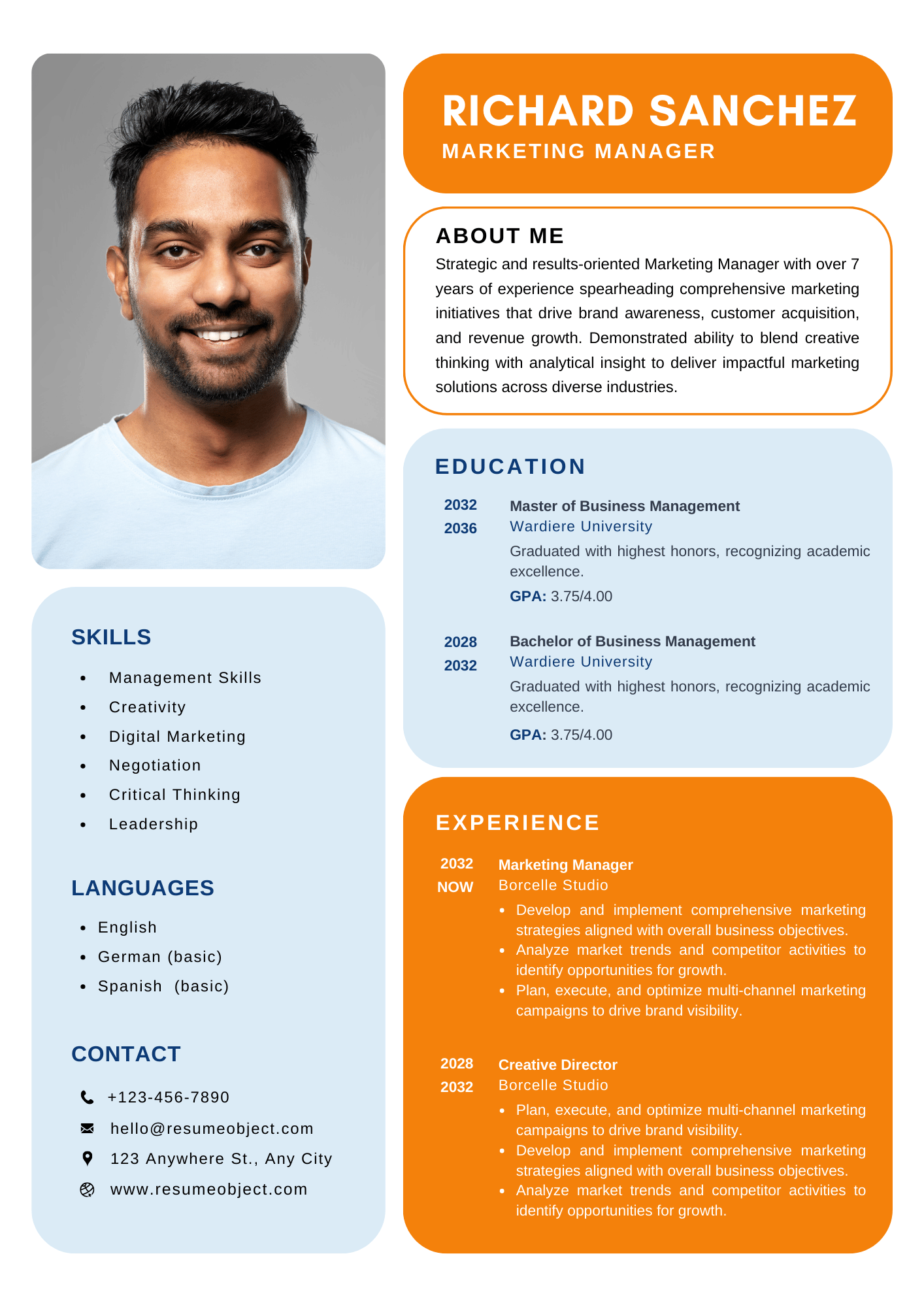
Quick Snapshot for Networking
Mini Resume Format
A mini resume is a brief version that includes only your most important career highlights. Usually one section like skills or achievements. It’s useful in networking events or introductions where a full resume isn’t required. While not suitable for formal job applications, it’s great for casual or in-person opportunities.
Best for: Networking, job fairs, or introductions
Avoid if: Applying for formal jobs online or via recruiters
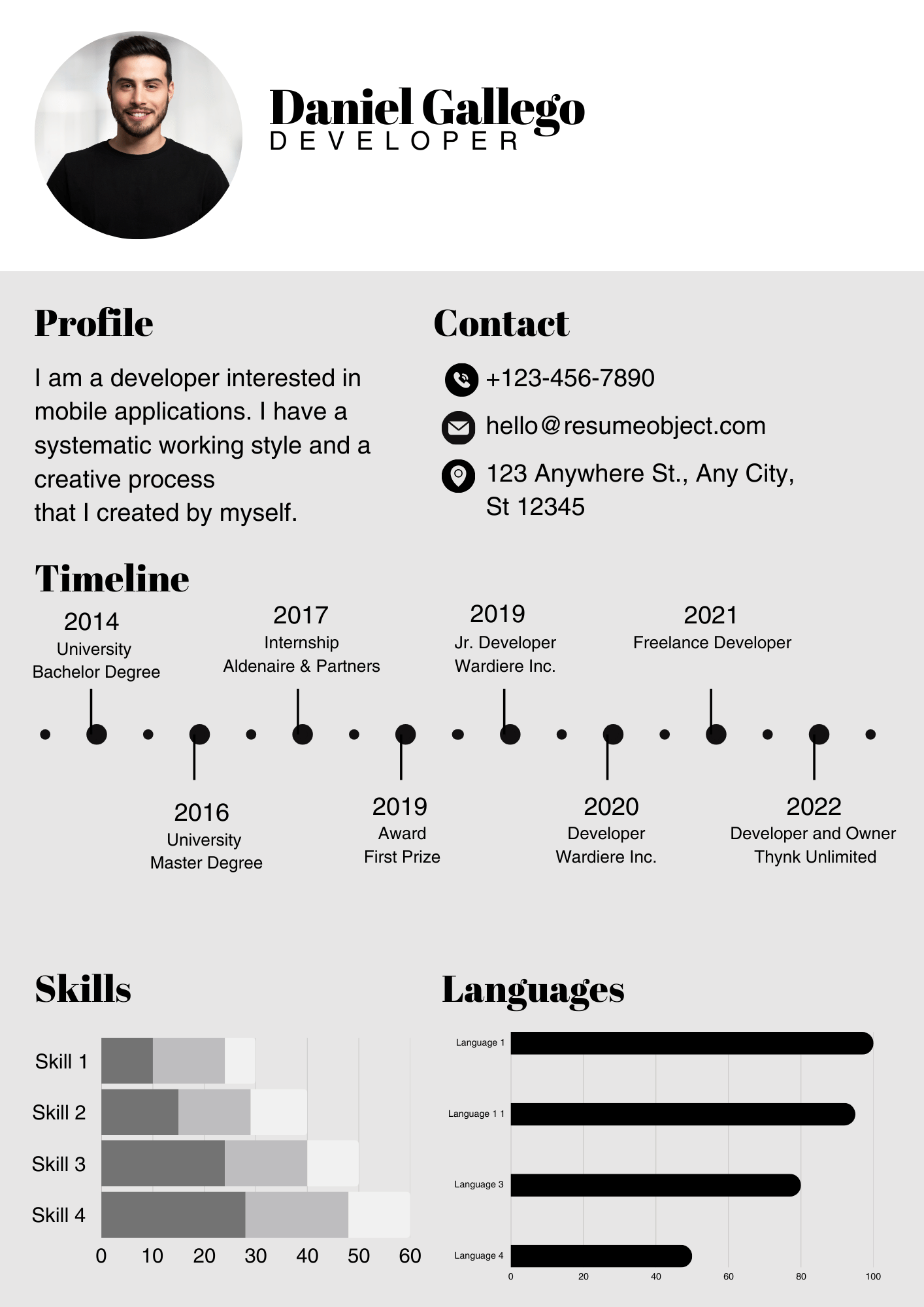
Visual and Creative Appeal
Infographic Resume Format
An infographic resume uses charts, graphics, and visuals to present your information. It’s a creative and eye-catching way to showcase your background. This format is best for design, marketing, or media roles where visual flair matters. However, it may not work well with applicant tracking systems (ATS).
Best for: Creative professionals and designers
Avoid if: You’re applying through ATS or for traditional roles
Which Resume Format Should You Use?
Consider your level of experience, the industry you’re applying to, and what you want employers to notice first. Your format should guide the reader to your strongest points.
Pick a Format That Supports Your Career Goals
Choosing the right resume format depends on your professional background, your career goals, and the impression you want to make. There’s no one-size-fits-all resume. Each format has a different purpose and selecting the best one can significantly increase your chances of landing an interview. Here’s how to decide:
1. Use a Chronological Format if You Have a Stable Work History
If you’ve been consistently employed in the same industry and want to showcase your career progression, the chronological format is your best option. Employers like it because it’s familiar and easy to scan. It highlights your titles, companies, and duration at each job, making it ideal for mid-level to senior professionals.
Ideal For
Professionals with 3+ years of experience
Those staying in the same industry
Applicants with a steady employment record
2. Choose a Functional Format if You’re Changing Careers or Have Gaps
The functional format helps shift focus to your skills rather than your job history. It’s perfect for those who are switching industries, have gaps in employment, or possess transferable skills that don’t clearly show in a traditional timeline.
Ideal For
Career changers
Stay-at-home parents re-entering the workforce
Recent grads with internship or volunteer experience
3. Opt for a Combination Format if You Need Flexibility
The combination resume works for candidates who want to highlight key skills but also need to show a solid employment history. It offers flexibility by letting you emphasize accomplishments at the top and job roles below. It’s great if you have a mix of relevant experience and technical skills.
Ideal For
Tech professionals or creatives with varied experience
Applicants with a mix of freelance and full-time roles
Skilled professionals who want to stand out with both form and function
4. Use a Targeted Format if You’re Applying for a Specific Role
A targeted resume focuses only on the skills and experience that match the job posting. This format takes more effort but produces better results because it’s tailored to the employer’s exact needs. It can be chronological, functional, or a hybrid, but it’s written for one job only.
Ideal For
Competitive positions
Roles with specific skill requirements
Jobs in specialized industries
5. Go for a Mini or Infographic Format in Unique Scenarios
If you’re attending a job fair or networking event, a mini resume or infographic resume can serve as a quick pitch. These formats are concise or visually driven, great for grabbing attention but not suitable for online applications through ATS systems.
Ideal For
Designers, marketers, and creatives
Networking events
Print resumes or personal branding
Before choosing a format, always consider:
Final Tips
How much experience you have
The type of job you’re applying for
The industry expectations
Your strengths (skills, experience, achievements)
If you’re still unsure, the combination resume format is often the safest choice. It balances skill and experience and can be adjusted later.
pick the format that tells your story best
How to Choose the Best Resume Format for You
Choosing the right resume format can make or break your first impression. It’s not just about layout, it’s about strategy. The format you choose should highlight your strengths, downplay any gaps, and guide recruiters to your most relevant skills and experience. Let’s explore how to match your goals with the right format that gets noticed.
Evaluate Your Work History
If your career path is steady with upward growth, a chronological format helps emphasize that consistency clearly and professionally.
Highlight Transferable Skills
For those shifting industries or roles, a functional format brings attention to your skills instead of job titles and timelines.
Balance Strengths with Experience
For those shifting industries or roles, a functional format brings attention to your skills instead of job titles and timelines.
Customize for Each Job
Use a targeted format when tailoring your resume for a specific job. It pinpoints only the experience and skills that match the job description.
Showcase Creativity When Needed
If you’re in a creative field or building a personal brand, an infographic or visual resume can help you stand out at networking events or portfolio reviews.
Explore Different Layouts and Styles
Browse Visual Resume Samples
Explore a curated collection of professionally designed resume samples tailored to different roles and industries. These visual examples make it easier to pick the right format, layout, and structure to create a resume that leaves a strong first impression.
Don’t start from scratch, start smart
Free Resume Templates
Instantly access high-quality, customizable resume templates in DOCX, PDF, and Google Docs formats. Designed for different careers and experience levels, these templates help you save time and create a polished resume that’s ready to impress employers.
Frequently Asked Questions
Get clear answers to common questions about resume formats, including when to use each type, how to structure your content, and what works best for specific careers. This section helps you make smart, confident decisions when building your resume.
What are the main types of resume formats?
There are three primary resume formats: chronological, functional, and combination. The chronological format lists work experience from most recent to oldest and is ideal for steady work history. Functional focuses on skills, great for career changers. Combination blends both, offering flexibility for various job seekers.
Which resume format is best for fresh graduates?
Fresh graduates often benefit most from a functional or combination resume format. These formats allow you to highlight academic achievements, internships, skills, and volunteer experience, even when you lack full-time work history. Tailoring your resume to showcase transferable skills can also increase your chances of landing entry-level roles.
How do I decide which resume format to use?
Start by evaluating your career level, work history, and the job you’re applying for. If your history is consistent, a chronological resume works well. If you’re changing fields or have employment gaps, choose a functional or combination format to better present your qualifications and strengths upfront.
Can I use different resume formats for different jobs?
Yes, customizing your resume format for each job is a smart strategy. If one role values experience, use a chronological format. For a job that prioritizes skills, a functional format may be more effective. Tailoring your format to the position helps emphasize the most relevant information for the employer.
Are visual or infographic resumes acceptable?
Infographic resumes can work in creative industries like marketing, design, or media, where visual flair is appreciated. However, traditional fields such as law, finance, or healthcare prefer clean, text-based formats. Also, applicant tracking systems (ATS) may not scan visuals well, so always keep a plain version for online applications.
Will the resume format affect how recruiters see my application?
Yes, format plays a crucial role. A cluttered or mismatched format may distract or confuse recruiters. A well-structured resume helps them quickly find the information they need. Using the right format increases your chances of making a strong, professional first impression that aligns with the role’s requirements.
Final Thoughts
Now it’s your turn
Find the perfect format and make your move.
Choosing the right resume format is more than just picking a layout. it’s about presenting your story in the most compelling way. Your format should highlight your strengths, match your career stage, and align with the job you’re targeting. With the right structure, your resume can stand out and make a lasting impression.
Start exploring and download a resume template that reflects your unique career journey. The right format can open the right doors.

